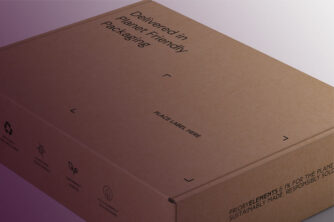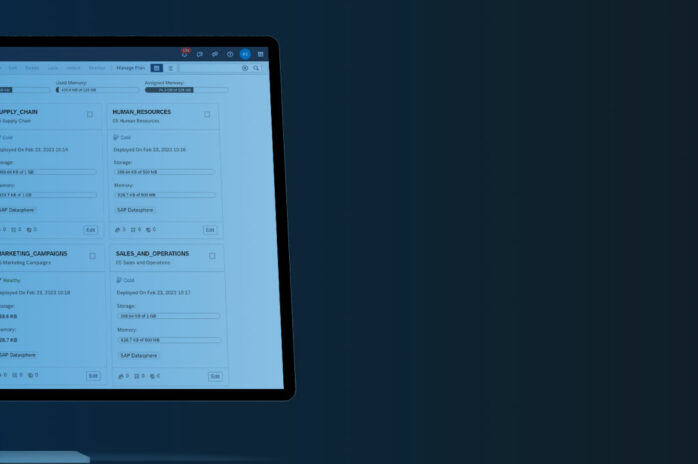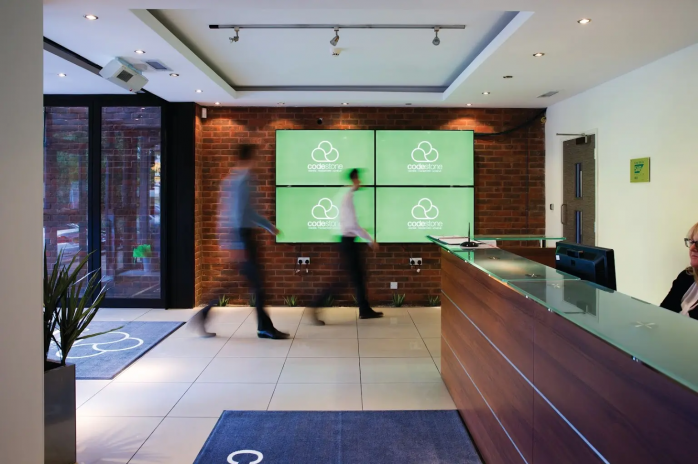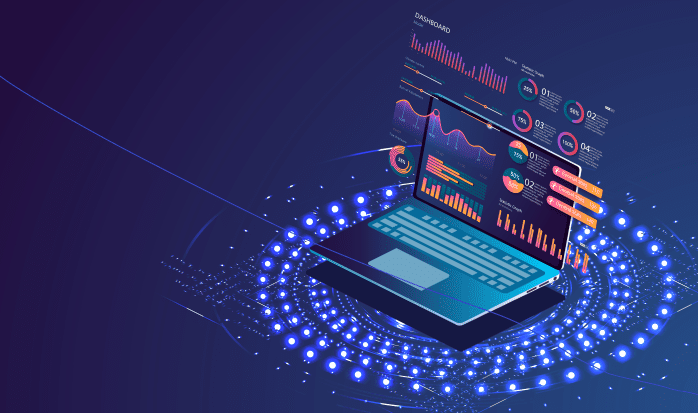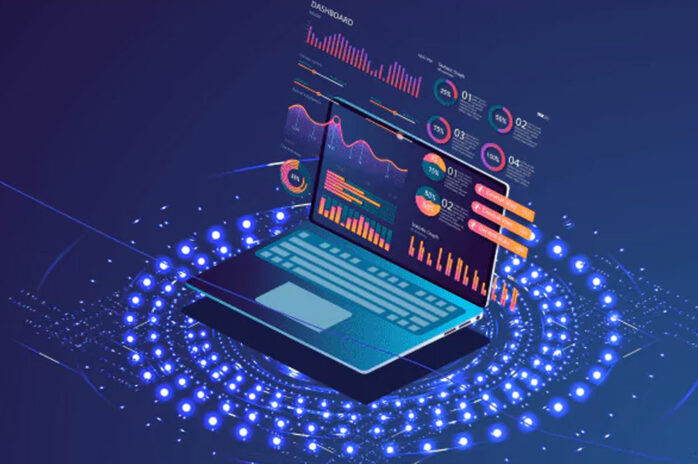Are you considering moving from SAP BusinessObjects to Microsoft Power BI? If so, here are five things you need to watch out for.
1. Universes Do Not Equate to Datasets
Universes are the key part of SAP BusinessObjects’ delivery of ‘one version of the truth’ – a way of democratising a data-model and allowing many users to benefit from the skills of a few data-gatekeepers. Datasets in Microsoft Power BI have the same uses – a semantic layer between a database and the report – but have key differences.
When planning a move to Microsoft Power BI from SAP BusinessObjects you cannot simply expect to recreate the universes you have as datasets. One is a metadata layer only, the other normally stores data; one can leverage native and SQL functions to manipulate and merge data, the other uses an in-built copy of Power Query and powerful formula languages to allow extreme data modification.
The differences in concept and functionality of the two tools means not only would you not want to recreate the universes as-is, but there would be drawbacks to doing so and benefits to embracing the new options. Careful planning with an experienced partner will ease the transition.
2. Report Distribution Will Need To Change
SAP BusinessObjects contains some very useful scheduling options for reports – automatically run and export single reports into many different formats or run publications to burst multiple reports to multiple users at once.
Microsoft Power BI doesn’t have the same options here and does not focus on such passive report consumption methods. It is focused on interactive online consumption first. You can use report subscriptions and alerts to send colleagues snapshots of data or updates on data-refreshes.
3. Security Needs To Be Addressed
Up until now you have been saving your reports into a walled garden environment – SAP BusinessObjects is normally on its own server behind its own Launchpad user-portal. You need a specific account to access reports and IT admins will handle security of report folders via group membership.
In the Microsoft Power BI service there are similar group-based security features, but now you are in a more porous environment where reports can be shared to Teams, SharePoint and other places in your Office 365 environment. Care needs to be used when allowing users rights to publish and share reports and datasets to ensure your data remains secure within your organisation.
4. Your Data Will Be In The Cloud Now, Are You OK With That?
Classic SAP BusinessObjects keeps your data on your premises (unless you use AWS or similar to host your server). By subscribing to the Microsoft Power BI service and publishing content to it you will be storing your company data in Microsoft’s cloud. You need to ensure that this conforms to any compliance rules around the data, as the data-centres involved could be outside the UK.
5. Your Report Building Teams Will Need Up-Skilling In Various Areas
Web Intelligence and SAP Crystal Reports users are important and highly skilled users of your current system, but they do not necessarily have the skills required to get the most out of Microsoft Power BI.
As well as being report builders they could become dataset designers, data-wranglers and creators of comprehensive mash-ups of information. They will need skills in SQL, DAX, M and maybe more related tools. Codestone can provide this training as well as advice on all the other topics here, and more.

























